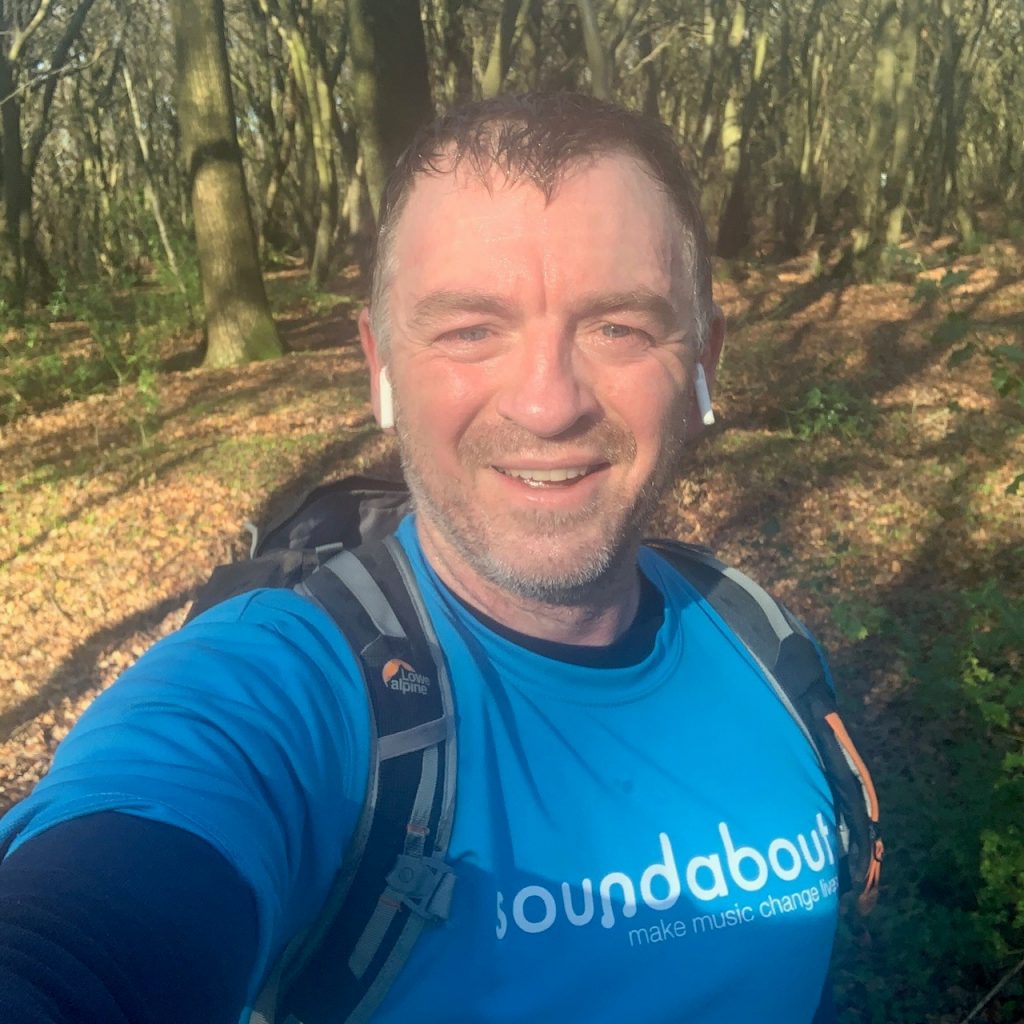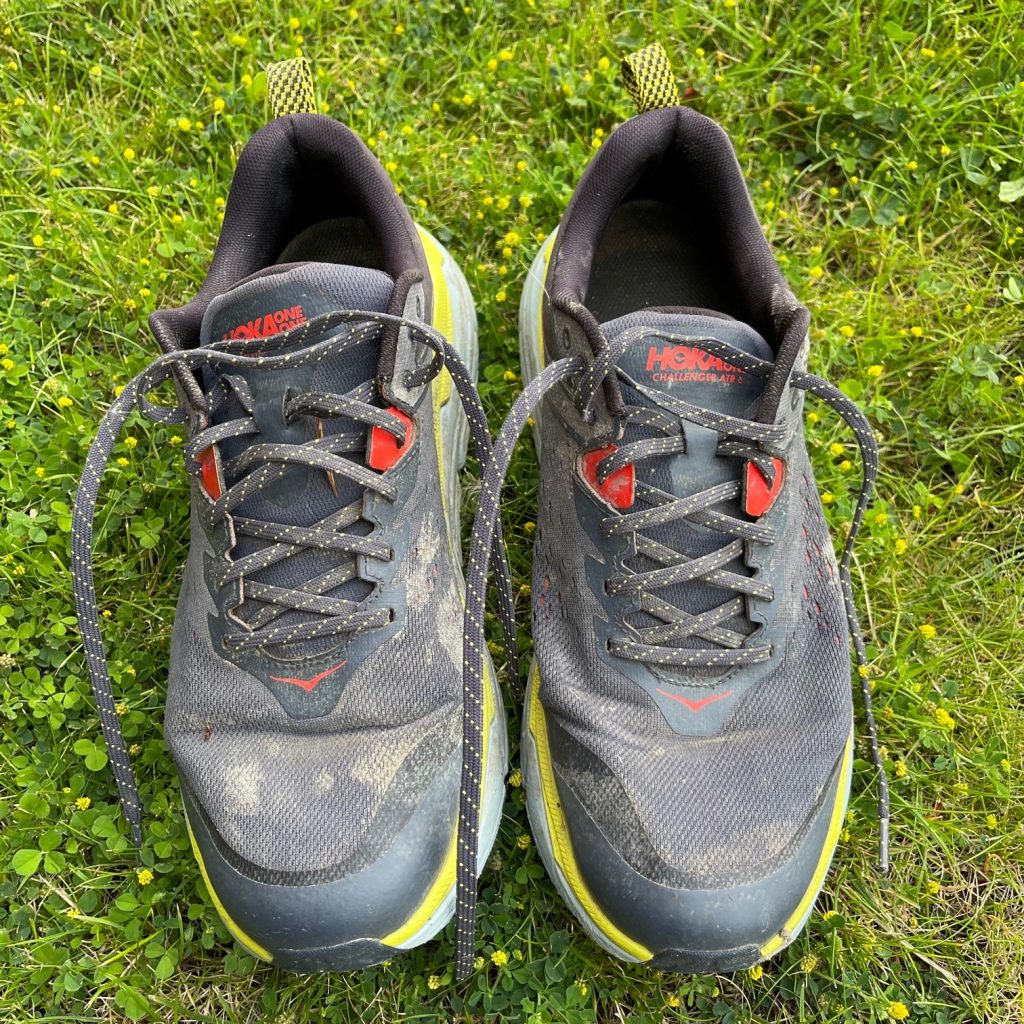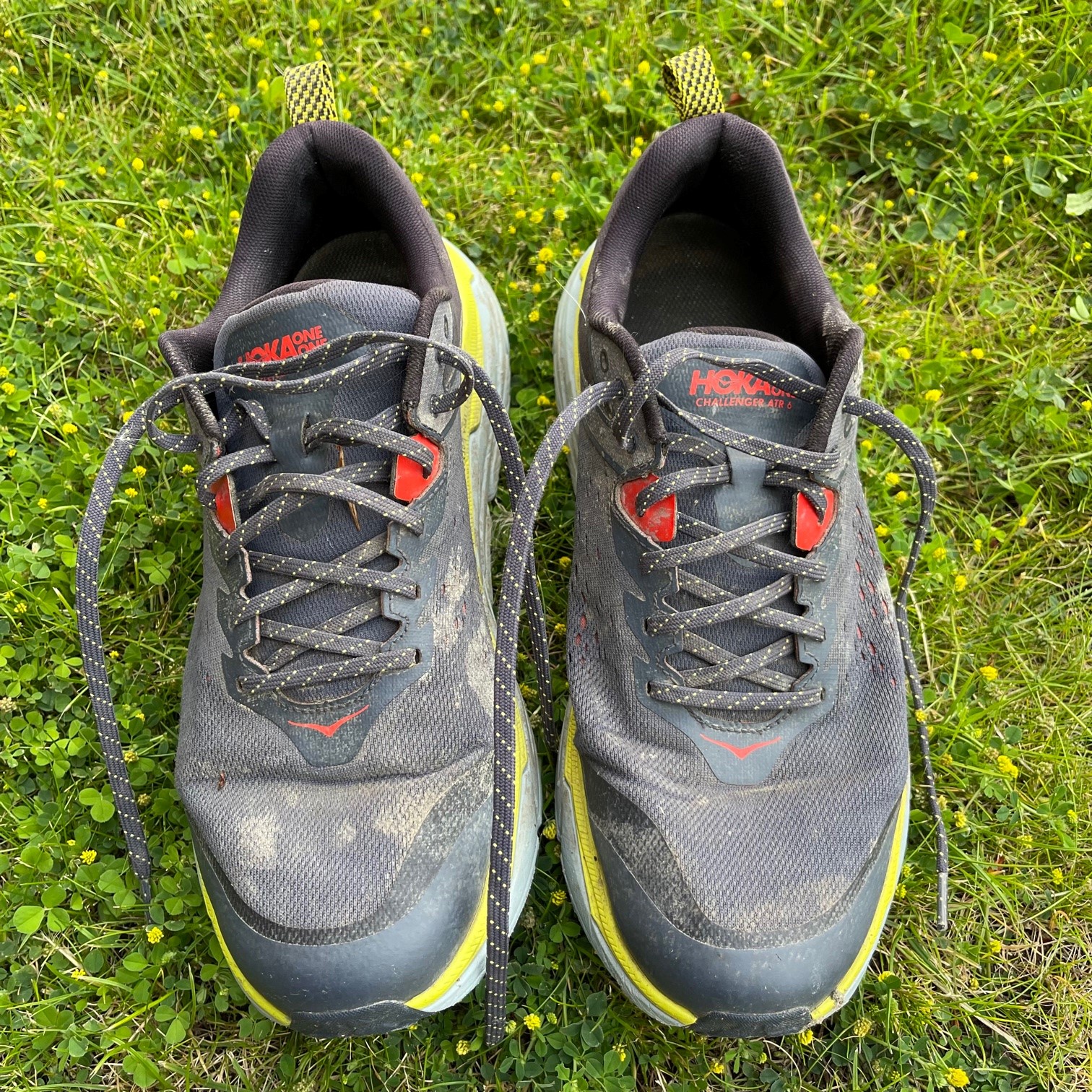5k Training Plan: Fit in 6 weeks
The 5k training plan basics
Pound for pound, running is one of the effective ways to improve your cardiovascular fitness, but you already know that. It’s also a good way to shift those extra calories. Before we move on to the 5k training plan, I urge you not to get carried away – a regular, weight supply of carbs in the form of sugar will add pounds before you can say, ‘Holy hell! My gut seems to have expanded faster than the Big Bang!’
When you train regular and hard you can afford to eat a little more. In fact, maintaining a regular exercise routine will require you to eat more in order to support muscle growth and recovery.
Jake and I are both runners. We’ve both run ultra distances. But Jake has a runner’s physique, whereas I’m shaped more like a silverback gorilla. Quite a fast one.

That said, we both like to mix up our training programmes. We both hike big distances. I travel to far off places and ski big distances. What all of our adventures have in common is they require a good base fitness level, one built on running (and a fair amount of rucking – check out our training plan for more information).
If you’re like us and you’re a generalist we recommend a broad range of exercises to get your body ready.
Today, let’s focus on running.
The mechanics of a 5k run
The 5km run is seen by most runners as the baseline from which to assess fitness. We’re not going to discuss how to run a sub-18 min 5k, a pace that’s time and consistent effort to achieve. Instead we’re going to dive into what it takes to complete the distance at a reasonable pace and without making your eyes bulge with the sheer effort.
What I see as the mechanics of a 5km run are:
- Pace. Keep your pace steady and even.
- Posture. Maintain an upright position, eyes facing directly ahead and keep your body loose to absorb the impact of each footstrike.
- Stride. Your leading foot should always land below your knew, otherwise you’re going to experience the joys of some pretty instense injuries.
- Relax. Too tense and you risk looking like Frankenstein’s monster and much soreness in your muscles.
For me, those are the absolute minimum considerations for runners. If you feel you need more advice, then talk to a qualified personal trainer.
How to run 5k without stopping
Simple: don’t stop. I’m not joking. Let me explain this with a story…
Back in my early 30s, whilst serving in the Army, I used to run 1 1/2 miles in about 6 mins and 40 seconds. Some days I went faster, other times I was slower. It’s pretty fast, but what really counts is that you keep going in order to maintain the stress on your heart and lungs.
Although I was very fast, and can still keep a pretty quick pace on a long distance run, I’m more impressed by people who keep running, no matter what.
Take my friend, Andy who has only recently started training. He’s overweight (I have his permission to say that) and his running technique is ‘interesting’. Even at a moderate pace you can hear his heavy breathing (he’s been checked by a doctor and has been given the all clear).
He sweats hard.
He looks uncomfortable.
But…
… he keeps going.
Over the past 8 weeks he has lost about 9lbs of weight. He no longer wheezes like a smoker (he’s an ex-smoker). And most important, he’s snipped over two minutes off his initial time for running 5 kilometres.
All because he kept going and trained in the 70% – 80% of Maximum Heart Rate zone.
Summing it up: you will make progress if you’re consistent with your training routine, and keep your heart working to the point of adaptation.
The steps
So how do you keep running without stopping? Well, you could watch a David Goggins on YouTube and get sucked into the whole, ‘f*** what everyone thinks and remind yourself that you’re operating at only 40% of your true potential.’ Then keel over and have a heart attack.
Don’t get me wrong – I’m pretty impressed by Mr. Goggins, but I’ll be the first to acknowledge his methods don’t work for the vast majortiy of people.
Look at it another way – he’s an ex-Special Forces soldier, the kind of person who pushes their body to the utter limits of endurance in order to complete a given mission. You’re probably someone who simply wants to run 5km without stopping, or vomiting on your new running vest!
Let”s say farewell to David – Bye Mr. Goggins, nice meeting you but I like my breakfast in my stomach and not on the my trainers – and shift into a more realistic training mode.
So, the first step is…
Buy the right running gear
Go to a sports shop and ask for expert advice on the gear you’ll need. Jake and I run a lot of cross-country routes and trails and the shoes we wear are very different to those worn by a road runner…

My Hoka One One challenger ATR 6 review is here.
Choice of clothing is personal. I like loose fitting shorts and t-shirts. Some people like the reassuring embrace of lycra. But no matter what your preference, ask the sports store staff to recommend the best materials and fit. One of the most uncomfortable feelings you’ll ever have is hauling 2kg of your sweat that been absorbed into your running top, rather than being wicked away.
Don’t die!
AKA, run at at pace that suits you and doesn’t striain your heart and lungs. Yes, you will need to get a little uncomfortable for your body to adapt, grow and get faster. Pushing too hard, too soon, is a recipe for disaster or worse!
Invest in some running tech aka a GPS watch with HRM
The running plan you’re about to read (wait for it, we’re nearly there) doesn’t require you to buy a Heart Rate Monitor, or GPS watch, as you’ll working to what is known as perceived effort. That said, a good piece of tech will allow to set heart training zones as well as track your progress, and map your routes. Both very useful features.
Jake and I have written a number of reviews covering some excellent watches. Here’s our list of the best:
- Garmin Fenix 6
- Garmin Tactix Delta
- Coros Apex (46mm)
- Garmin Vivoactive 3
- Garmin Vivosmart HR+ (a very good, bargain watch I’ve used for years as it does what says on the tin!)
Some of those reviews are huge and you’ll need to take some time to read them. Let’s meet back here at the plan.
The 5k training plan
Welcome back, I hope you found the reviews useful.
Now it’s time to jump into the training plan.
Before we do, you need to understand what we call perceived effort. If you want an in-depth understanding, read this.
If you only want the basics, here’s what you need to know.
Relative Perceived Effort, or RPE, is a personal estimate of how hard you are working, and is measured on a scale of 1 to 10. Here’s the breakdown:
- Level 1: I’m doing nothing, maybe eating a pie and watching TV.
- Level 2: I’m ambling along at a pace I could maintain all day.
- Level 3: A little more interesting – I’m still feeling comfortable but my breathing is a bit harder
- Level 4: Now I’m staring to sweat, but I feel relaxed and could even spend some time chatting about the latest political developlments in the world.
- Level 5: My comfort level has been breached! I’m sweaty but can still talk easily although we might need to move from politics to something more interesting.
- Level 6: I can still talk, but my breathing is little more laboured.
- Level 7: I’m sweating and uncomfortable. Don’t talk to me!
- Level 8: I am no longer listening to anything you say. My heart is telling me to slow down and my lungs are experiencing a little of that burning feeling.
- Level 9: Conversation stops. I can’t talk because I’m gasping for breath. Please slow down!
- Level 10: No talk. Total discomfort. If we maintain this pace for too long I will collapse.
Don’t panic. All of the runs in this training plan will sit within levels 5 and 6.
Focus on staying maintaing form and building your base fitnes in the first 8 weeks of training. Only go to level 7 and beyond once you’re sure your body can cope. In in doubt, seek medical advice (before you run, please).
Okay, time for the plan
5km weekly running schedule plan
Week 1
Monday – 1.5 km, no further. RPE level 2.
Tuesday – rest day
Wednesday – 1.5 km, RPE level 2.
Thursday – rest day
Friday – rest day
Saturday – 2 km, RPE level2
Sunday – rest day
Week 2
Monday – Start the week with a 2 km run at RPE 2.
Tuesday – rest day
Wednesday – 2 km run at RPE 3
Thursday – 2.5 km run at RPE 2
Friday – rest day
Saturday. – 2.5 km run at RPE 3
Sunday – rest day
Week 3
Monday – Start the week with a 3km run at RPE 2.
Tuesday – rest day
Wednesday – 3km run at RPE 3
Thursday – 3.5km run at RPE 2
Friday – rest day
Saturday. – 3.5 mile run at RPE 3
Sunday – rest day
Week 4
Monday – Start the week with a 4 km run at RPE 2
Tuesday – rest day
Wednesday – 4 km run at RPE 3
Thursday – 4.5 km run at RPE 2
Friday – day off
Saturday. – 4.5 km run at RPE 3
Sunday – rest day
Week 5
Monday – Start the week with a 4km run at RPE 4.
Tuesday – rest day
Wednesday – 4 km run at RPE 3
Thursday – 4.5km run at RPE 2
Friday – rest day
Saturday. – 4.5km run at RPE 3
Sunday – rest day
Week 6
Monday – Start the week with a 5km run at RPE 2.
Tuesday – rest day
Wednesday – 5km run at RPE 3
Thursday – 4.5km at RPE 4
Friday – rest day
Saturday. – rest day
Sunday – 5km run as fast as you can go!
Enjoy!




